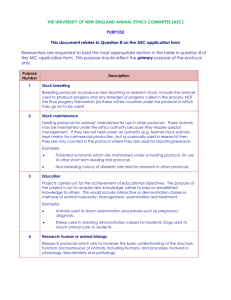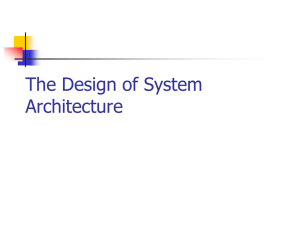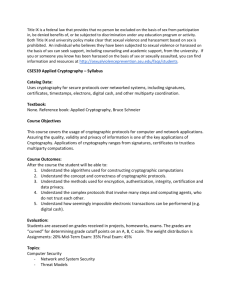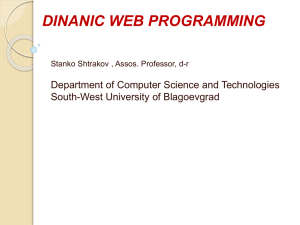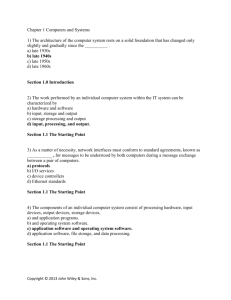Presented
advertisement
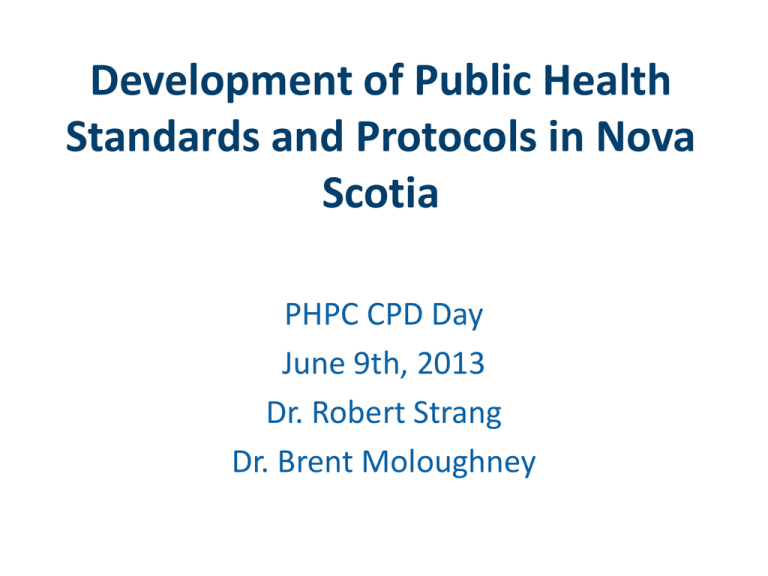
Development of Public Health Standards and Protocols in Nova Scotia PHPC CPD Day June 9th, 2013 Dr. Robert Strang Dr. Brent Moloughney 2013 Complete Protocols Public Health Vision • Shift upstream, focus the determinants of health and populations at greatest risk • Capitalize on Public Health’s unique position to: • improve the sustainability of the health system • understand health inequities • change the conditions in which people live (physical and social environments) • address the determinants of health • Commitment to a public health system approach Population Focus Individual Focus Primary Prevention: Primordial Prevention: Preventing the risk factors from ever existing Preventing disease and injury by modifying existing risk factors. Secondary Prevention: Early detection and treatment of disease and injury. Tertiary Prevention: Community Police and Services Justice Education System Planning Agencies Municipalities Preventing the worst outcomes from disease and injury (death and disability). Population Focus Public Health Primordial Prevention: Preventing the risk factors from ever existing Individual Focus Primary Prevention: Preventing disease and injury by modifying existing risk factors. Secondary Prevention: Early detection and treatment of disease and injury. Tertiary Prevention: Community Police and Services Justice Education System Planning Agencies Municipalities Preventing the worst outcomes from disease and injury (death and disability). Counseling and Education Clinical Interventions Long Lasting Protective Interventions Changing the Context to Make Individuals’ Default Decisions Healthier Socioeconomic Factors From: Thomas R. Frieden, MD, MPH. American Journal of Public Health April 2010, Vol 100, No. 4 Increasing Individual Effort Needed Increasing Population Impact Health Impact Pyramid Public Health Standards • Establish the expectations for public health at the provincial and DHA level. Structure of Standards Protocols • Complement the Standards providing greater detail to assist in addressing some key system challenges: • Achieving a shift in emphasis more upstream • Lack of clarity regarding roles and responsibilities • Need for greater accountability • Need to first be clear about ‘what is the work’, then can address: • • • • Who does it How it gets done (from a system perspective) And, what we’re going to stop doing (Even greater detail (i.e. strategies, business processes, procedures, manuals etc.) to be included in appendices) • Balancing consistency with flexibility Protocol Development • Started Spring 2012: – Pan-system teams developed raw protocol content (note: had recently developed Standards) • Fall 2012: – Protocols drafted – Presented to System Leadership Team and VPs Community • January 2013 – Feedback that mostly right – editing and tweaking occurring iteratively since then • Spring 2013 – Final reviews of protocols – Engage system staff for implementation planning Protocol Organization Cross-Cutting Protocols • Understanding (assessment & surveillance) • Priority setting & planning • Partnership • Policy • Health equity Content-Specific Protocols • Communicable Disease Prevention & Control • Environmental Health • Healthy Communities • Healthy Development • Protocols are ‘a package’ • Are not sole responsibility of a specific team (e.g., upstream prevention in CDPC not sole responsibility of a CD team) Protocols – Going Forward • Managing transition issues: primary care and public health must work together on transition issues • No ‘dump and run’ • Alignment with primary care initiatives (comprehensiveness, continuity, collaborative care) • May need to be assessed and managed on a communityby-community basis • Addressing design implications to achieve an effective and efficient public health system • Who and how work gets done in context of 9 DHAs with varying capacity and population contexts • Requires sharing, working together, and structural changes – grounded in achieving ‘the work’ in effective, efficient and quality manner Summary • Development of Public Health Standards and Protocols key part of collective journey of system renewal • Unless clear about ‘the work’, difficult to address system design, roles, accountabilities, etc. • Considerable change management requirements: • • • • • Transition for what will stop doing Leading/mentoring new practices Workforce development Potential structural change Establishing accountabilities


